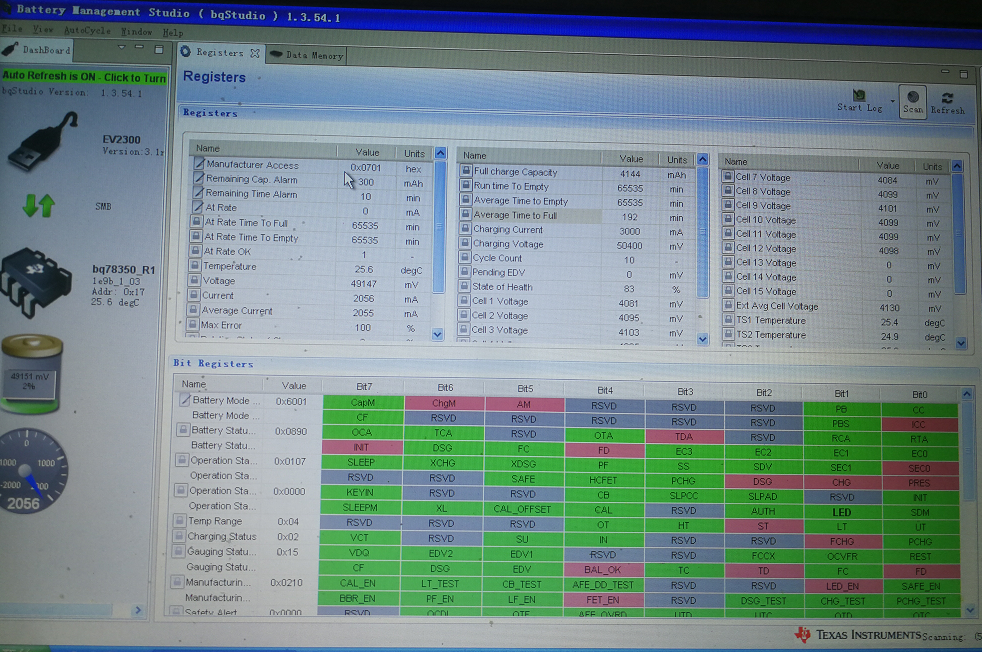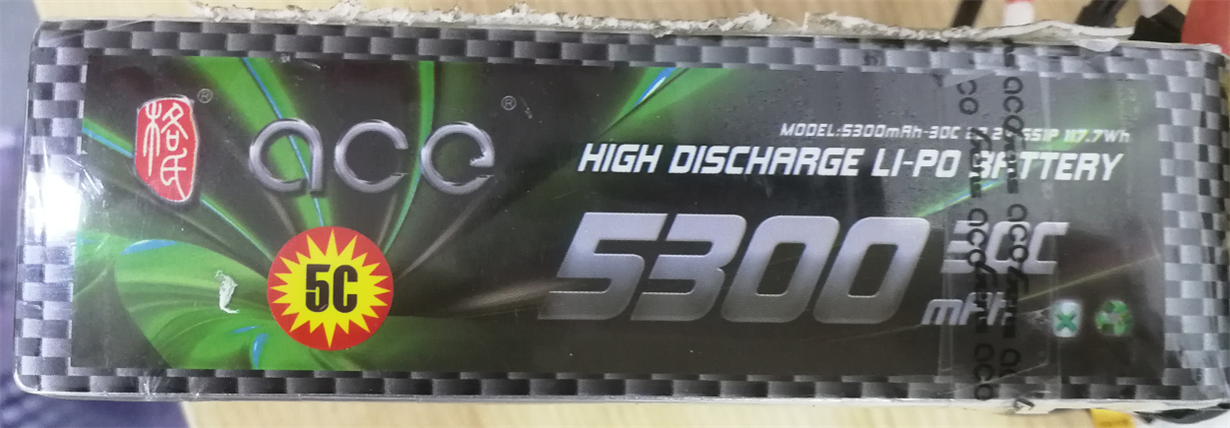Other Parts Discussed in Thread: BQ76940, BQ78350, GPCCHEM, GPCCEDV
I have just made a BMS with bq78350 ,bq76940 and 12 batteries.
The full voltage of the batteries is 50.4V.
However, when the voltage drops to 49V, the capacity has drop to 0 which is showed as below.
Is anything wrong with my BMS.
Is there a way to fix it?
Besides, the voltage of all batteries and the current have been calibrated according to the manual.



